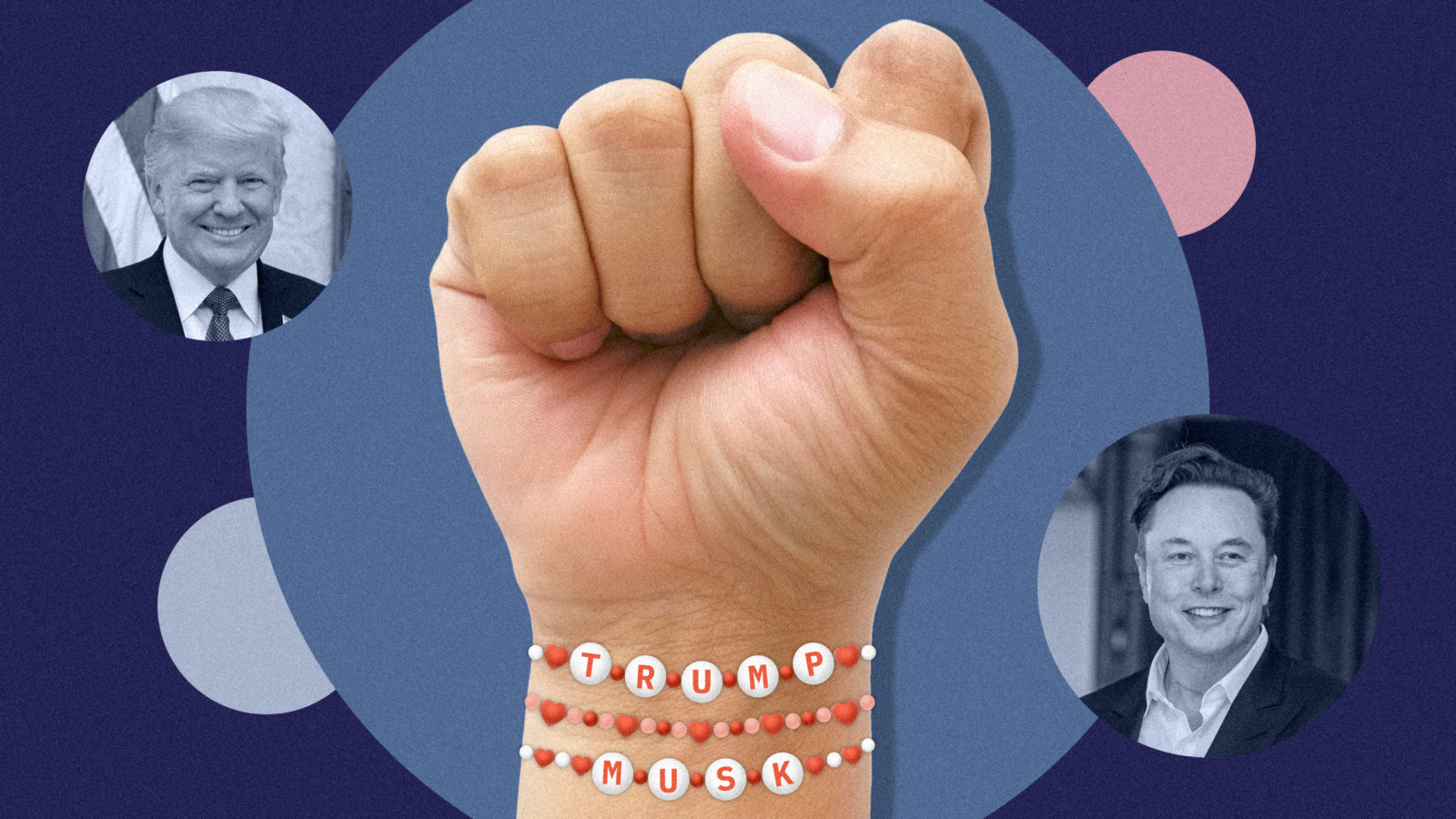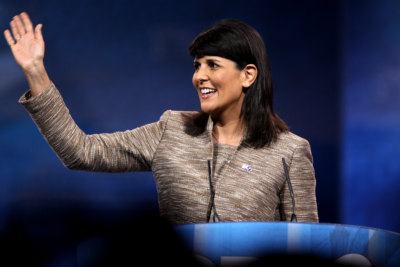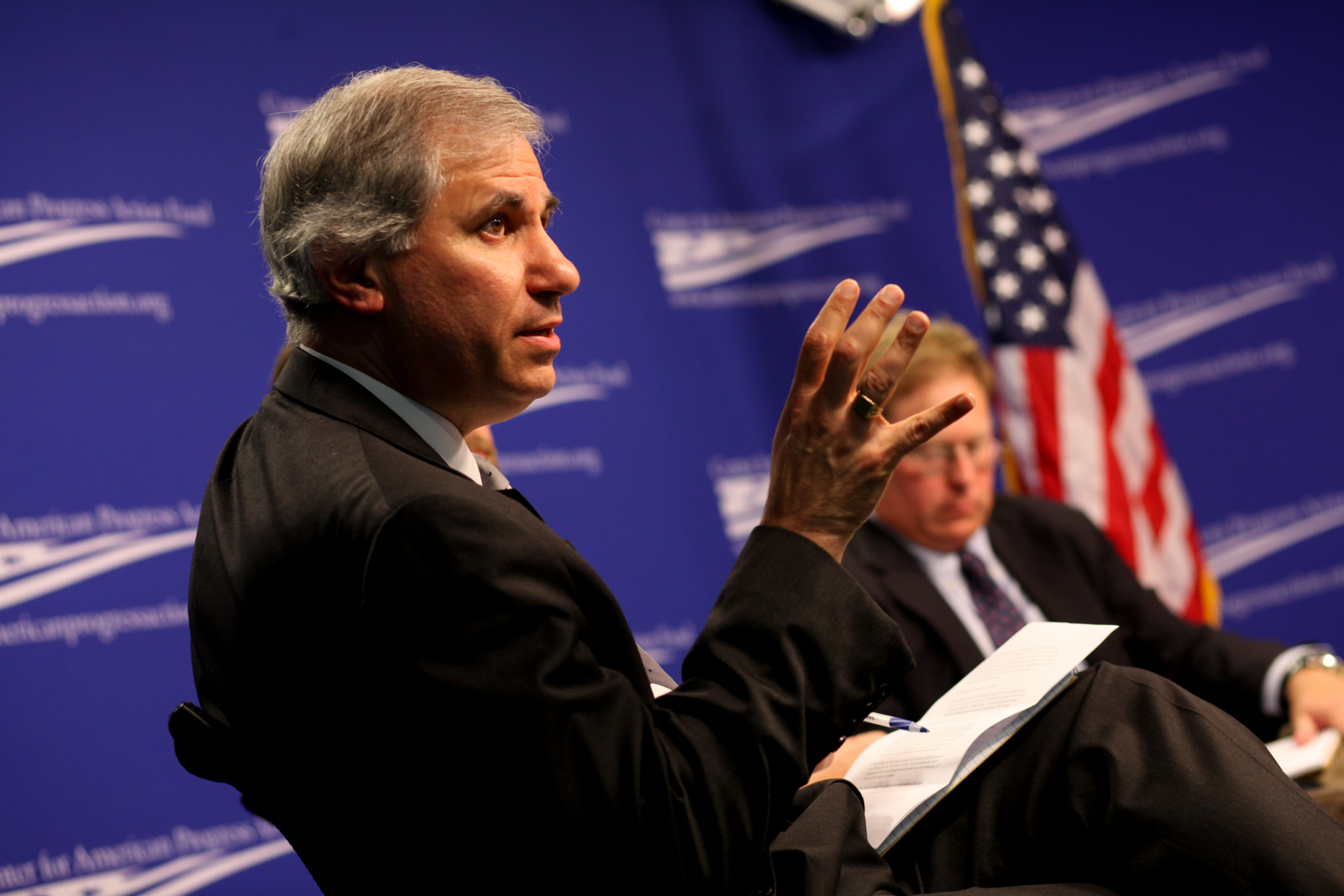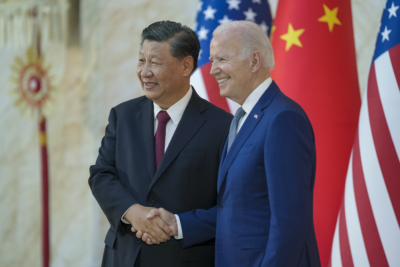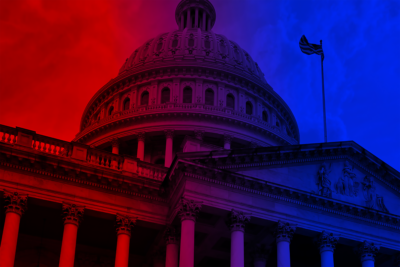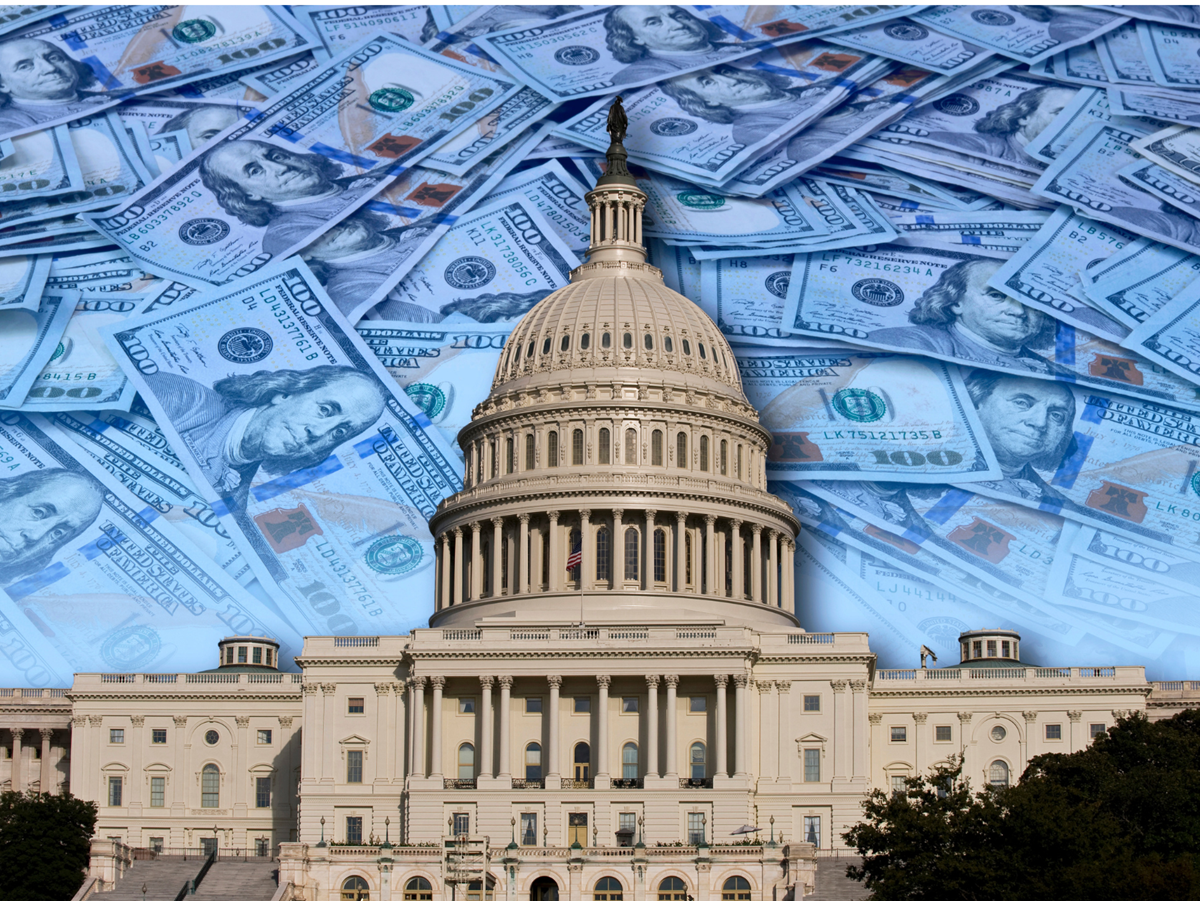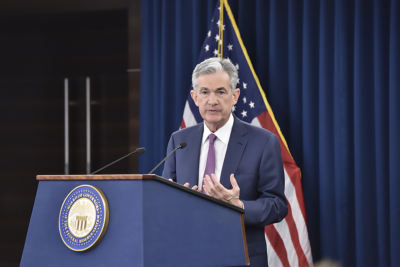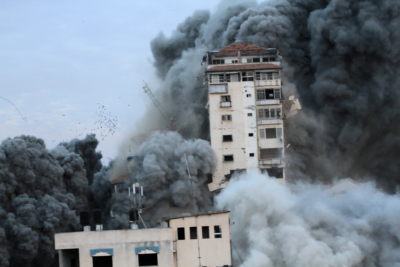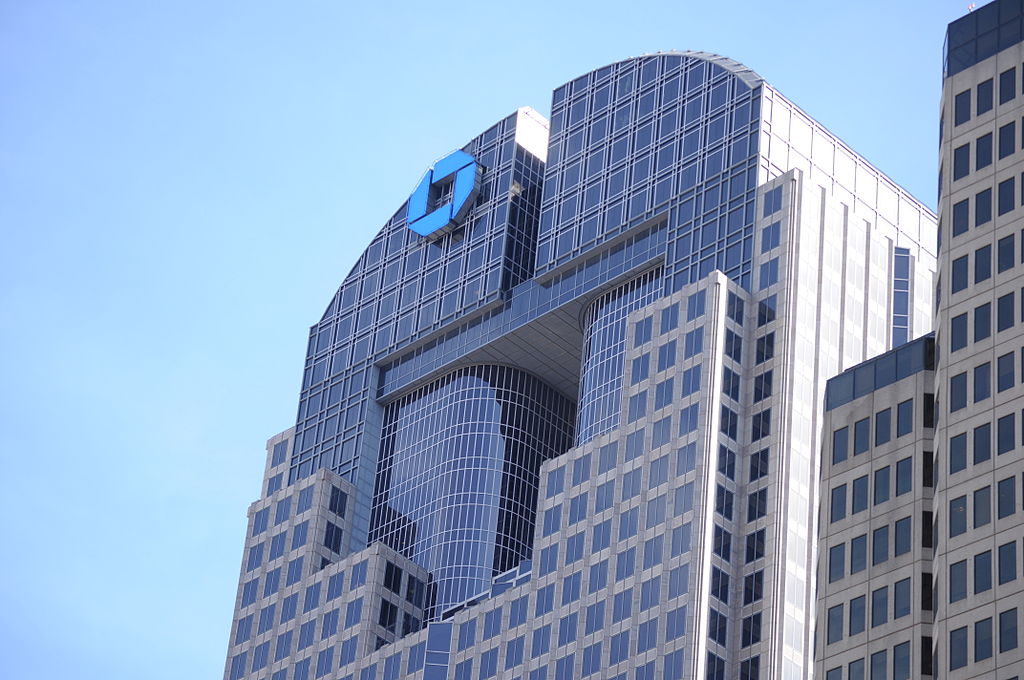
Sign up to unveil the relationship between Wall Street and Washington.
Now that contagion fears are subsiding somewhat, more stories of the white-knuckle decision-making behind closed doors as banks foundered across the nation are starting to surface.
At the center of them is 67-year-old JPMorgan Chase chief executive Jamie Dimon, the only remaining boss at a major investment bank who weathered the 2008 global financial crisis. Back then, JPMorgan was the third-largest U.S. bank by assets. Now it is the biggest of them all.
Dimon was still a relatively new CEO when he timorously dialed into an early morning conference call in 2008 to level with his top brass about the mounting risks of an overleveraged global financial system, just as it began to crater.
His staff didn’t fully grasp the magnitude of the predicament, so he did not mince his words. “I want you all to know that this is a matter of life and death. I’m serious.” Dimon ticked off a list of potential catastrophes – specifically the names of monster banks that might soon file for bankruptcy.
“We need to prepare right now for Lehman Brothers filing. And for Merrill Lynch filing. And for AIG filing. And for Morgan Stanley filing,” he said. “And, potentially, for Goldman Sachs filing.”
According to the blow-by-blow account given by Andrew Ross Sorkin in his book, “Too Big to Fail,” there was “a collective gasp on the phone” as the shock of Dimon’s statement sank in. Of the banks Dimon named, Lehman went under; Merrill sold itself to Bank of America; AIG filed for bankruptcy; Morgan Stanley survived only after receiving a $107 billion bailout from the Federal Reserve; and Goldman received a $5 billion bailout from Warren Buffett (on which he scored a $3 billion-plus return).
This time around, the crisis was not triggered by overleveraged big banks, but by panicked runs on smaller, regional ones fueled by pervasive financial uncertainty. As the crisis unfolded, stories emerged of Dimon springing into action: Here, he was speaking on the phone with Treasury Secretary Janet Yellen and Federal Reserve Chairman Jerome Powell as they raced to find a way to bolster Americans’ confidence in the banking system; there, we found him huddling in his New York office with deputy Treasury secretary Wally Adeyemo and mulling over Yellen’s suggestion that the nation’s largest banks could possibly band together to save smaller ones.
It still took days of wrangling for both Dimon and Yellen to persuade Wall Street CEOs to contribute $30 billion to rescue First Republic, the San Francisco bank that was losing tens of billions of deposits in the bank run that had already toppled Silicon Valley Bank and Signature Bank. The first banks that agreed to help were Bank of America, Citigroup and Wells Fargo, in addition to JPMorgan, each of which contributed $5 billion of uninsured deposits to First Republic.
It was telling to see how much the other top banks gave to the cause. For instance, Goldman and Morgan Stanley each gave $2.5 billion – far less than the bailouts they helped themselves to 15 years ago. BNY Mellon, PNC Bank, State Street, Truist Bank and U.S. Bank each contributed $1 billion.
“It’s what bank CEOs do now, save the financial system,” says David Tawil, a former bankruptcy lawyer who also traded distressed debt at Credit Suisse and witnessed the 2008 global financial crisis. “They can see what’s coming and they don’t want it to last. That’s why you see all these banks stepping up.”
In a bit of a silver lining for Dimon, JPMorgan also became the bank to which many spooked, if very well-capitalized, customers fled, with the majority of tech founders and entrepreneurs reporting they favored moving their deposits there. Other banks that became a safe haven during the crisis included Bank of America and Wells Fargo (whose CEO is Dimon’s former protege, Charles Scharf), which received billions of new deposits.
“Everybody was trying to move their money,” Tawil says. “It was incredibly scary in retrospect. I got calls from people banking at Signature, trying to move money over a weekend – and we all know you can do no such thing. People were freaking out.”
Befitting his title of “America’s Banker,” Dimon began sounding the alarm months before U.S. banks started to totter. In October, he observed that the Fed and other central banks raising interest rates to combat inflation could force the U.S. and other global economies into a recession. “These are very, very serious things which I think are likely to push the U.S. and the world – I mean, Europe is already in a recession – and they’re likely to put the U.S. in some kind of recession six to nine months from now,” he warned.
Even though rate hikes have stalked markets for more than a year, banks have been caught utterly flat-footed. “Banking is purely about trust, unlike nearly every other industry,” notes Tawil. “People are entitled to their deposits at any point in time, but no one ever expects that everyone will want their deposits all at once.”
Smaller banks will really have to think about what they are offering their customers that they can’t get more securely – and in greater quantities – elsewhere. “I really don’t know what value proposition a regional bank brings,” Tawil says. “The idea that you keep your money in a bank just to support your bank makes no sense. You’re going to go ahead and support your bank and you get what? There’s no reason to take that risk.”
“These banks all offer awful rates of return on checking and savings accounts, so everybody is moving their funds to money market accounts. The federal government is paying more money on its debt than you can get from a bank. It’s really something. Banks are in trouble. They are still charging people just to hold their money and we’re moving toward a recession. There will be dislocation and opportunity ahead.”
